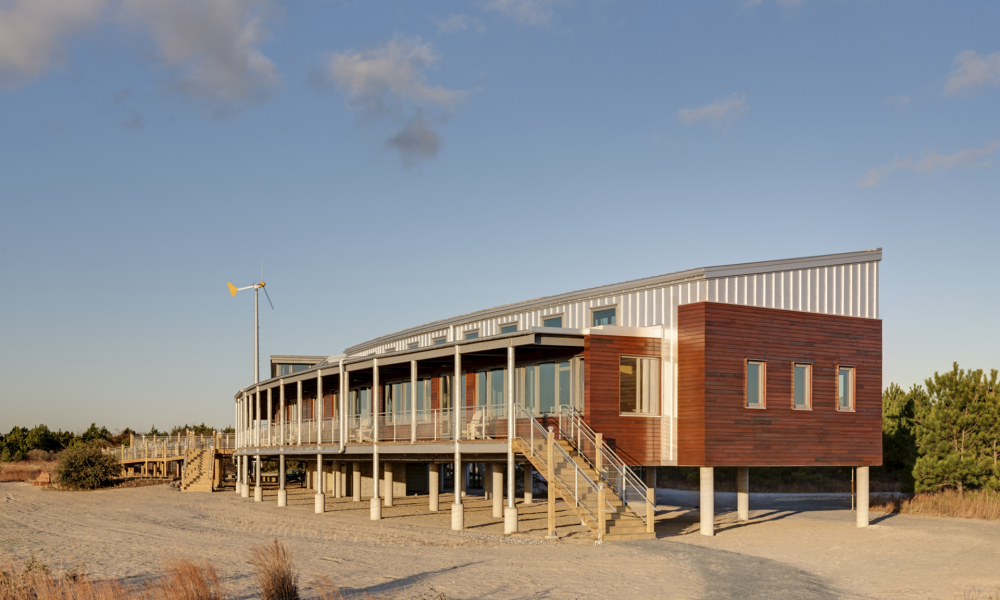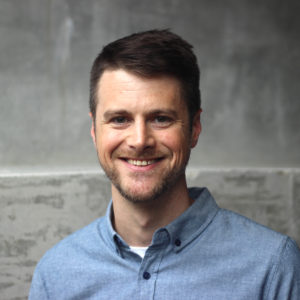The Chesapeake Bay Foundation (CBF) has had a very long relationship with the International Living Future Institute. This is not surprising, because the missions of both organizations are aligned. To understand how ILFI and the Living Building Challenge have impacted CBF, we spoke with Mary Tod Winchester, who worked with CBF, first as a volunteer, and then on staff for more than 40 years before stepping down a few years ago. CBF has been focused, since its founding in 1967, on bringing together the community to address environmental issues and empowering the next generation of citizens through environmental education programs in the Chesapeake Bay.
Raising the Bar
CBF has been manifesting its vision in its own facilities for years. Its first education center was a log cabin, built with donated logs. In the late 1990s, the team wanted to build a new headquarters, The Philip Merrill Environmental Center, opening in late 2000 and designed by SmithGroup, broke boundaries and proved a leading-edge example. In the years that followed, the organization continued to grow and learn. Its programs were expanding to the Hampton, Norfolk, and Virginia Beach area, and soon, the idea of a second environmental center in that area began to take shape. This eventually became the Brock Environmental Center, the home to the CBF’s lower Bay programs — education, outreach, advocacy, and restoration initiatives. The center is located in Virginia Beach, Virginia, where the Chesapeake Bay meets the Atlantic Ocean, an ecologically vital area to the Bay ecosystem.
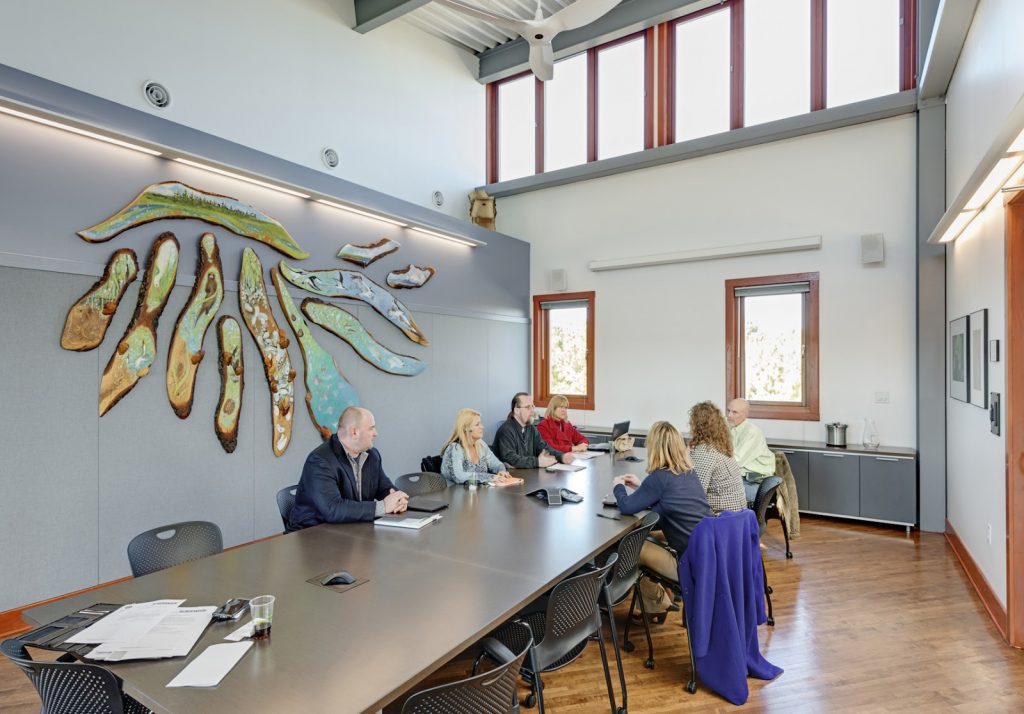
A New Paradigm
Winchester began to explore the Living Building Challenge program as CBF began to look at properties in the Virginia Beach area with their SmithGroup design team. Winchester also brought Jason McLennan, then leading ILFI, and Beth Heider, then with Skanska, CBF’s owner’s representative, to see the site. “That was the beginning of our relationship with ILFI,” Winchester says. “They were so helpful as we went through the entire process to design and build the facility [that would become the Brock Environmental Center]. We bought 10 acres, and sited the building back from water and up high for resilience. ILFI helped us realize that this is more than ‘reducing our impact on the environment’ it is about giving back. We harvest more green energy than we use, and this feeds into the grid.”
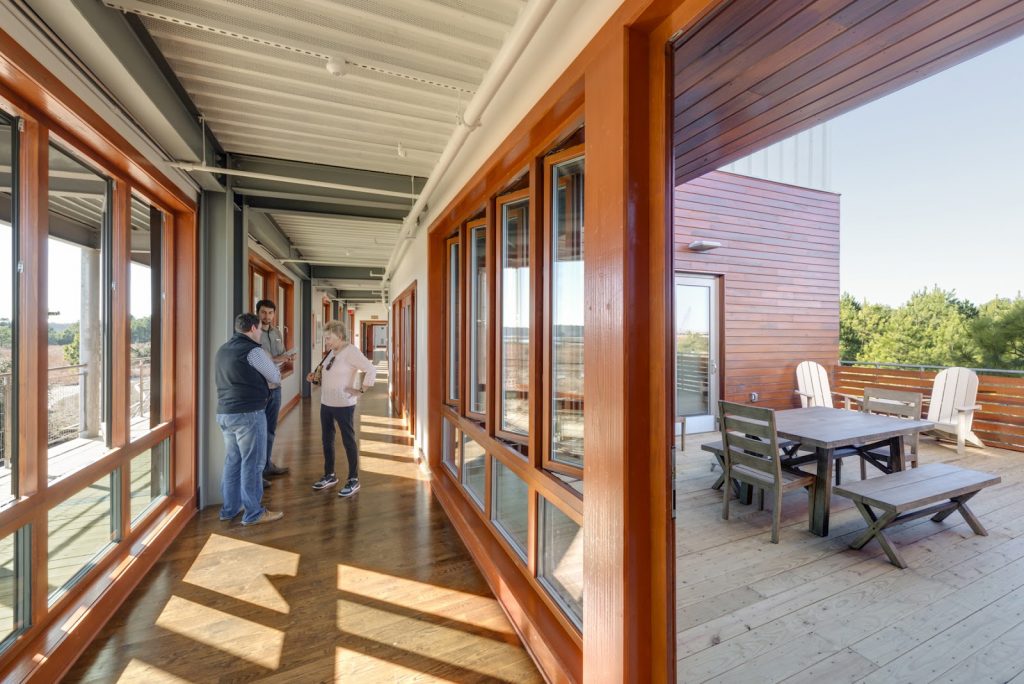
One Building’s Ripple Effect Potential
Winchester remembers Beth Heider talking about the idea of a pebble in a pond as the concept for how this building could have an immense ripple effect. “The Brock Environmental Center is our pebble in a pond. It has done more than any of us could have imagined at the time.”
Winchester recalls that funders were inspired by the plan to create a facility that would be an icon — and have a resonating impact. “They all want to be a part of that,” she says. “ILFI was a big part of helping to create the vision.” The team included key champions such as Greg Mella, FAIA, of SmithGroup, and Tyler Park of Hourigan Construction. “We learned with Merrill before that when you are pushing boundaries, you need a team that really works well together,” she says, “and believes in the vision. Our board supported the notion that we would break a lot of boundaries. Will Baker was president at the time and he helped us keep asking ‘what if we did this’ — to keep pushing harder. We all knew that we wanted to create the best building we could, and we couldn’t have done this without ILFI. They were the backbone of the effort.” Testimony to the immense effort of the team, the Brock Environmental Center was fully certified under Living Building Challenge 2.0. It was, at completion, one of the only commercial buildings in the world to achieve Living Certification and create its own drinking water from rainwater.
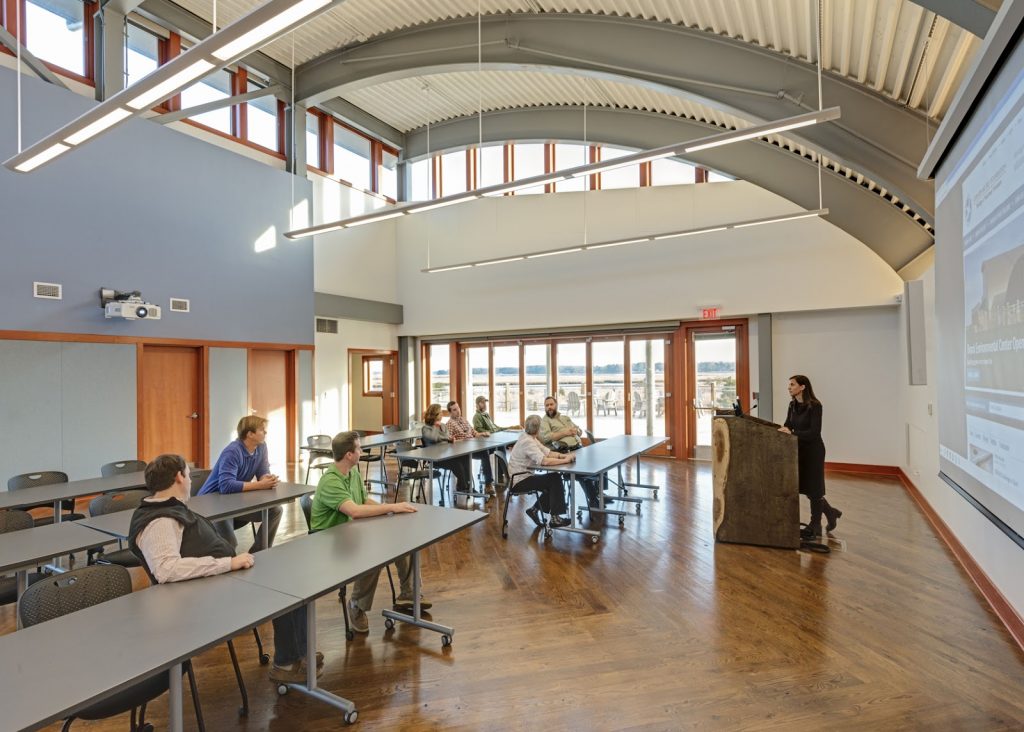
Facility as Teaching Tool
The building’s ripple effect is still in play. Winchester says that it’s not just individual visitors who learn and take away things that make a difference. “Until recently, we didn’t realize how many businesses and universities are using the Brock Center as an example of the leading edge.” CBF runs tours of the building and now the City of Virginia Beach has a classroom there for their Environmental Leadership Program for high school students. “We are thrilled that the facility itself has become a teaching tool,” she says. “And the building itself is performing better than we had imagined it could. It’s helping us all keep learning.”

Learn more from our Case Study and this Ecotone book, Brock Environmental Center for a Living Chesapeake.
Cover photo: ©️ Prakash Patel
Your donation supports community impact
Do you want to be part of making lasting change? Around the world, there is a community of people working towards a living future every day. In ways great and small, they are changing minds, overcoming obstacles, and bringing ambitious projects to life. Individually, they cause ripples that show what’s possible. Collectively, they envision the regenerative future that we all want. Will you join us in this transformative work? Your donation to the International Living Future Institute equips us to assist this community with programs, technical support, events, education, and more. Your donation will help us realize the possible together.
